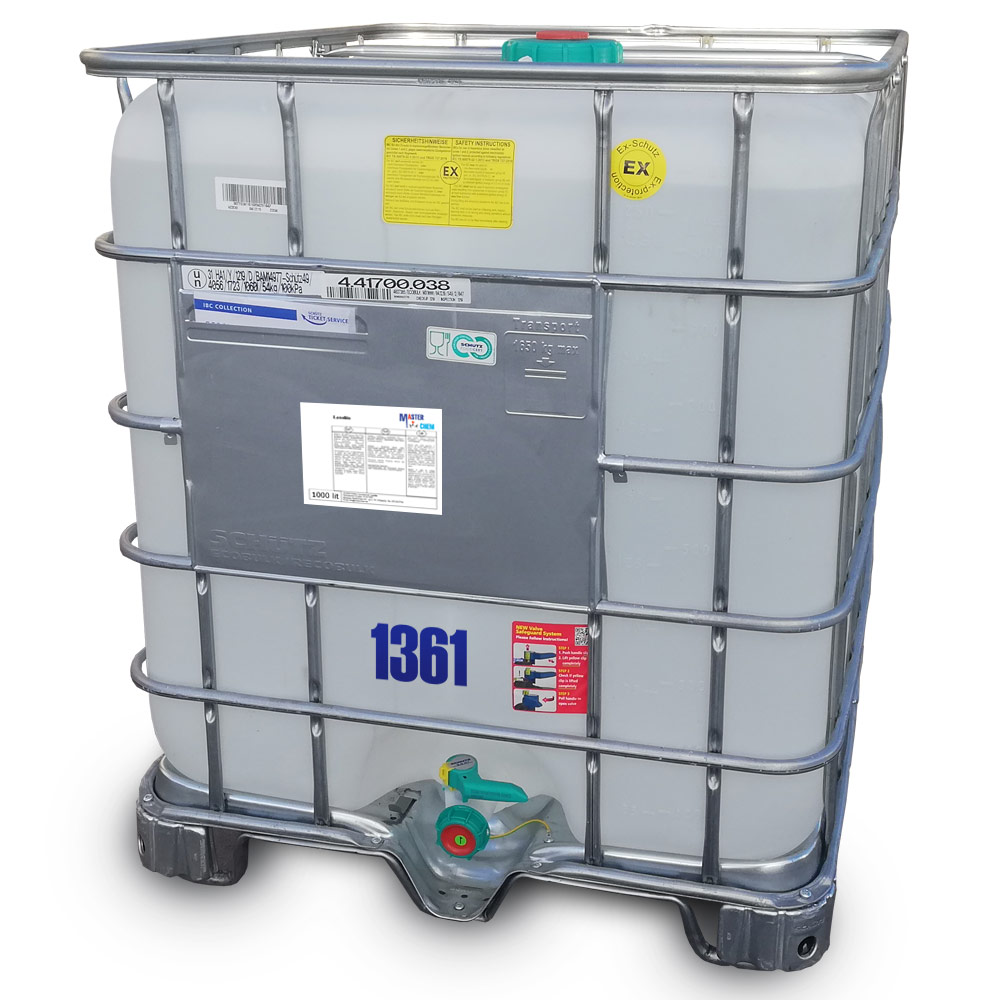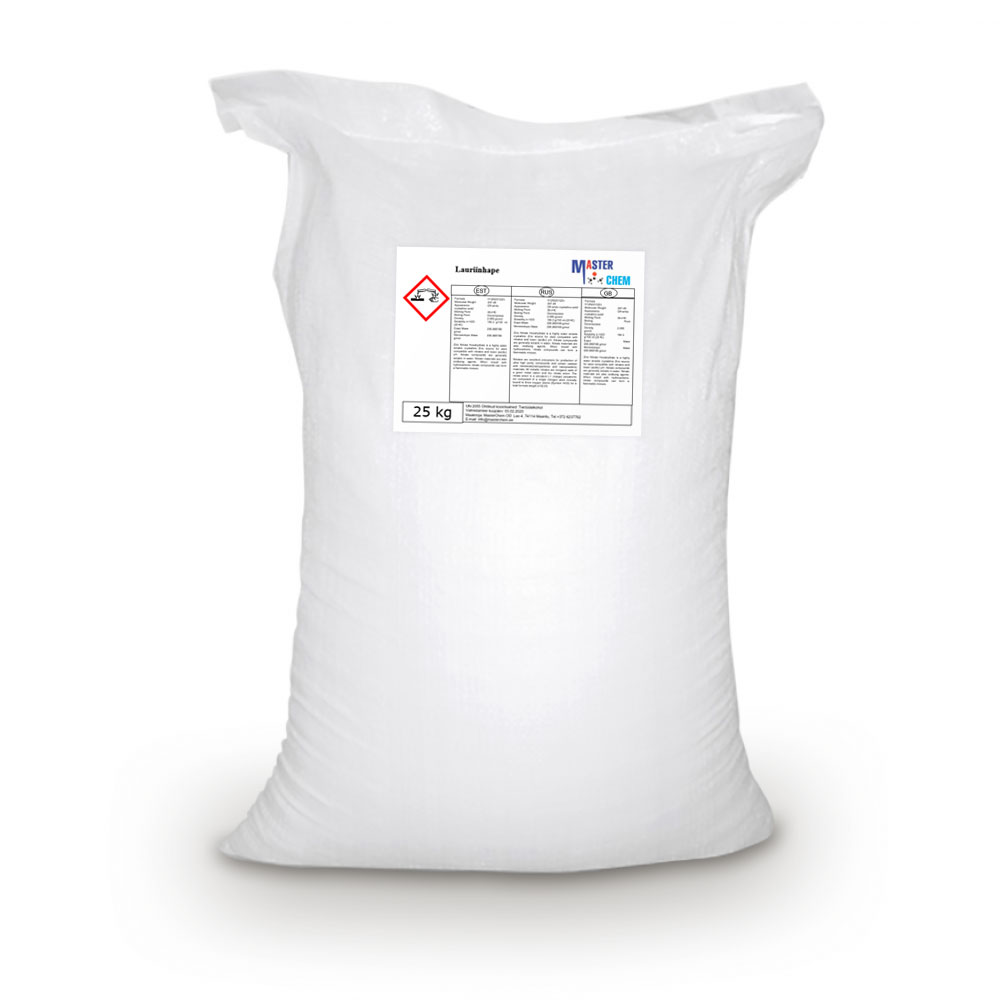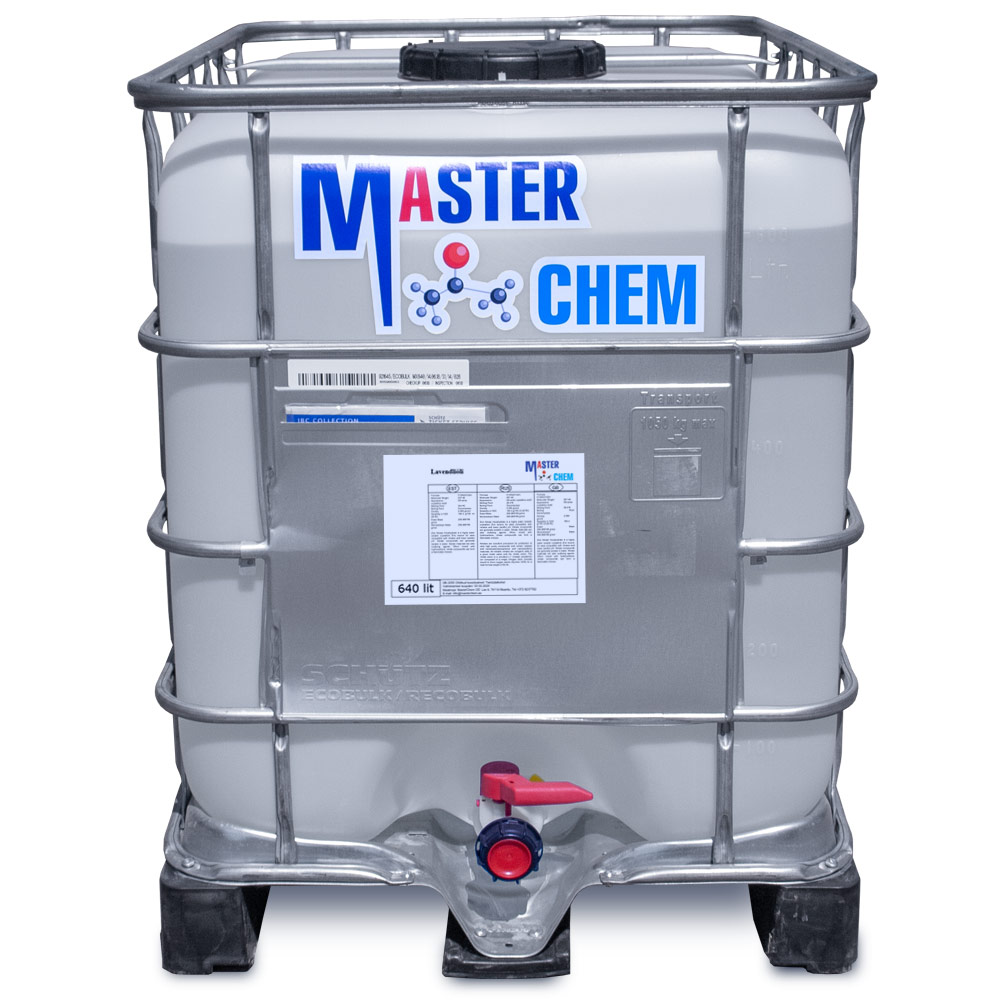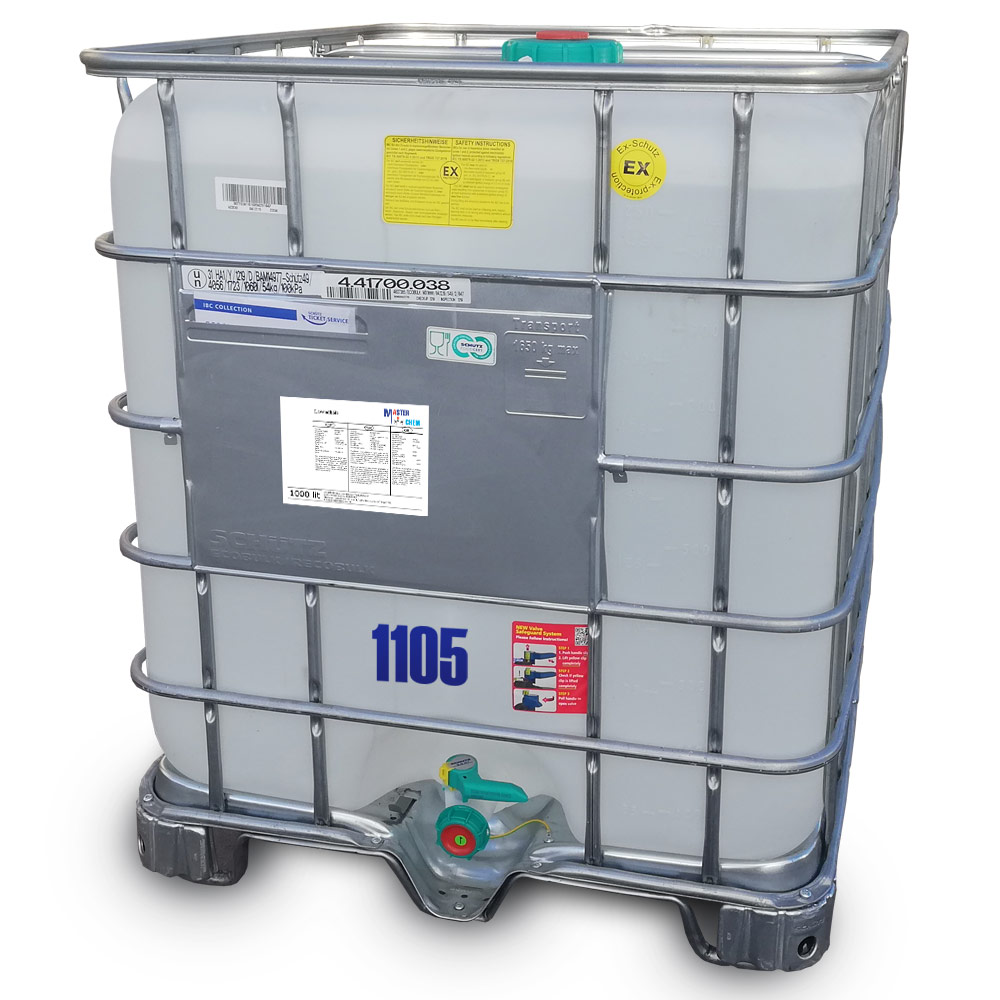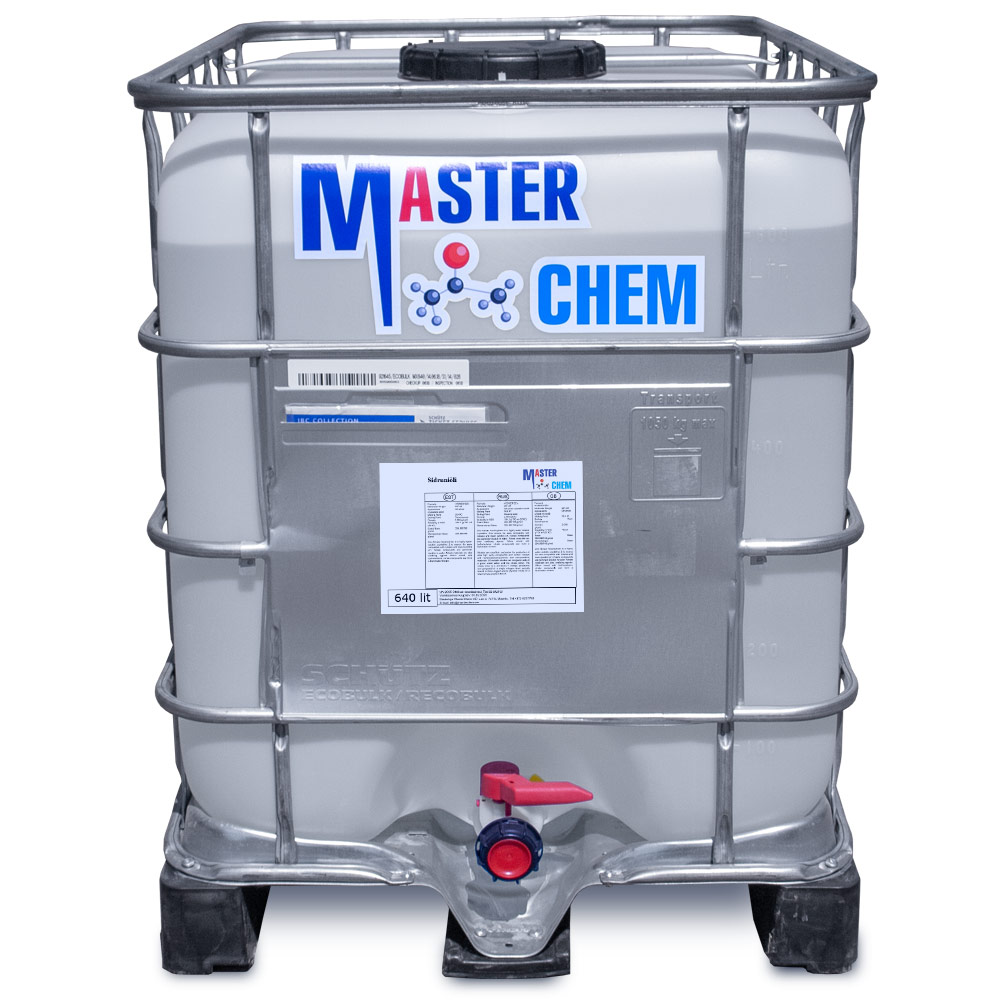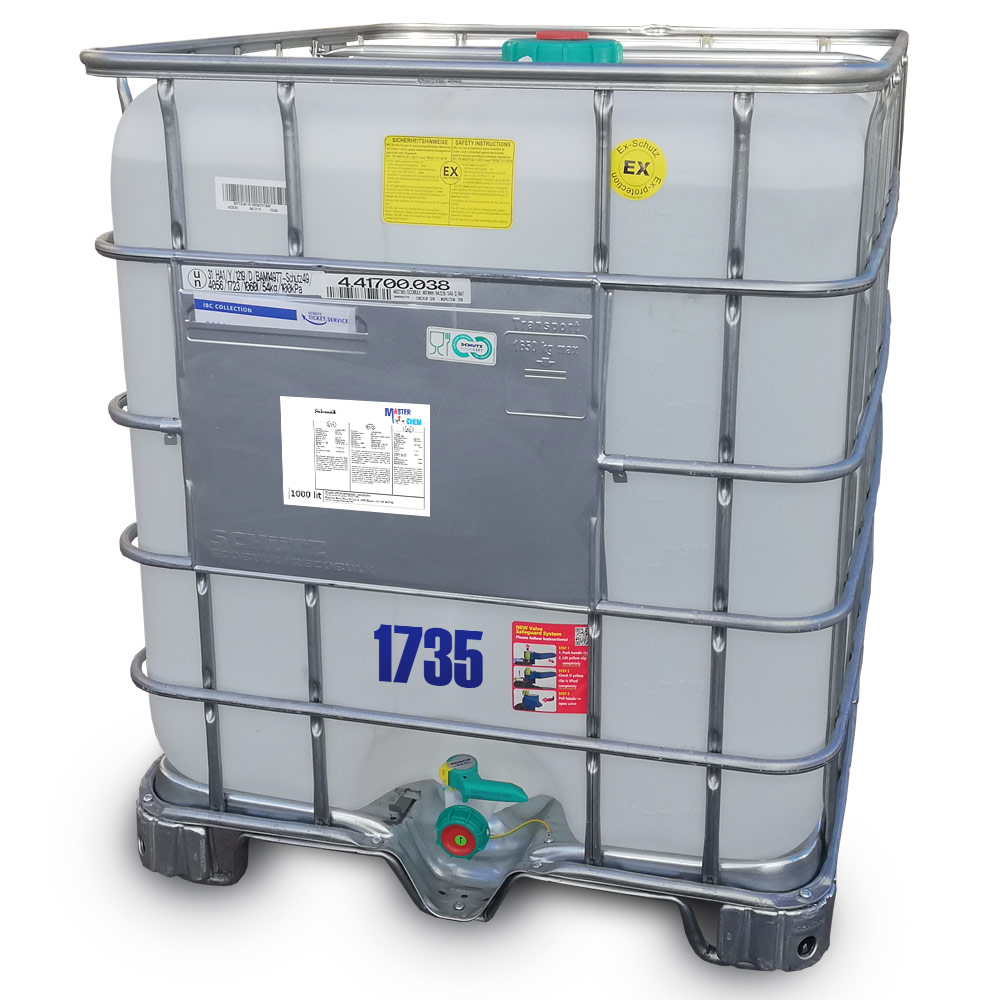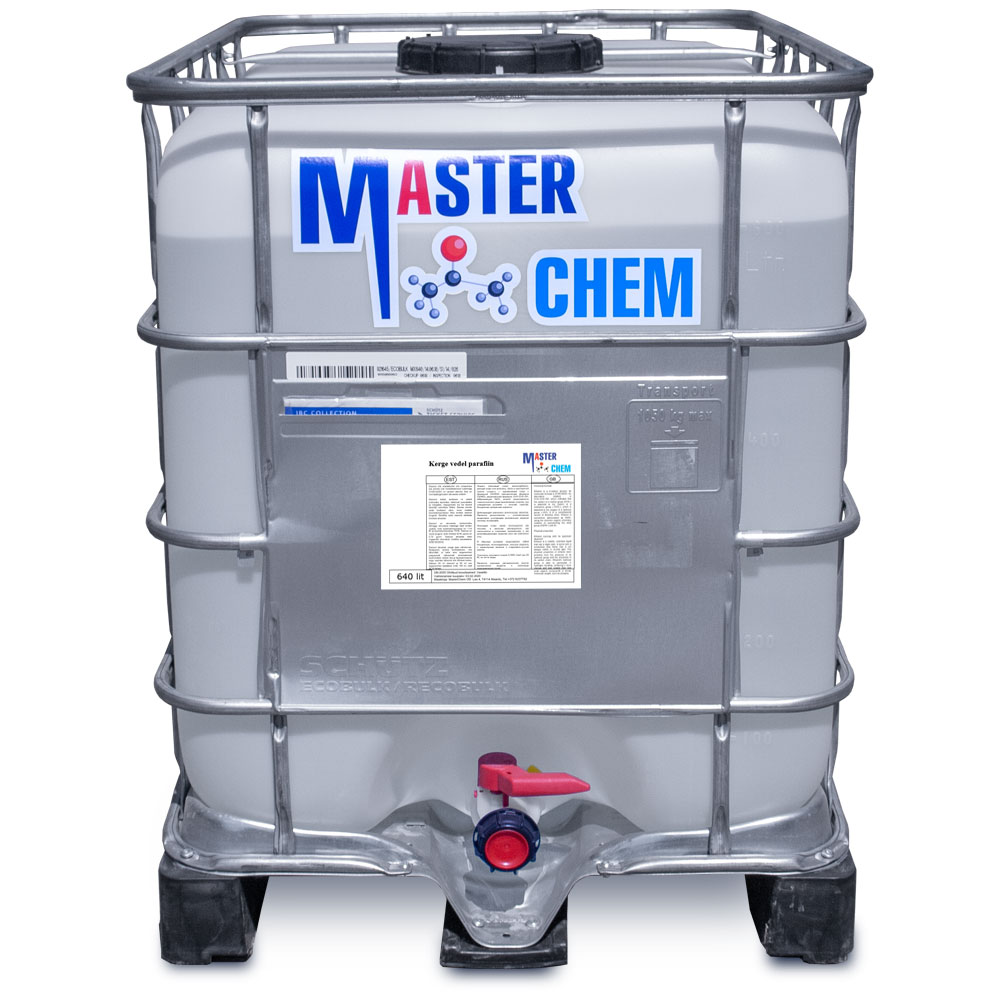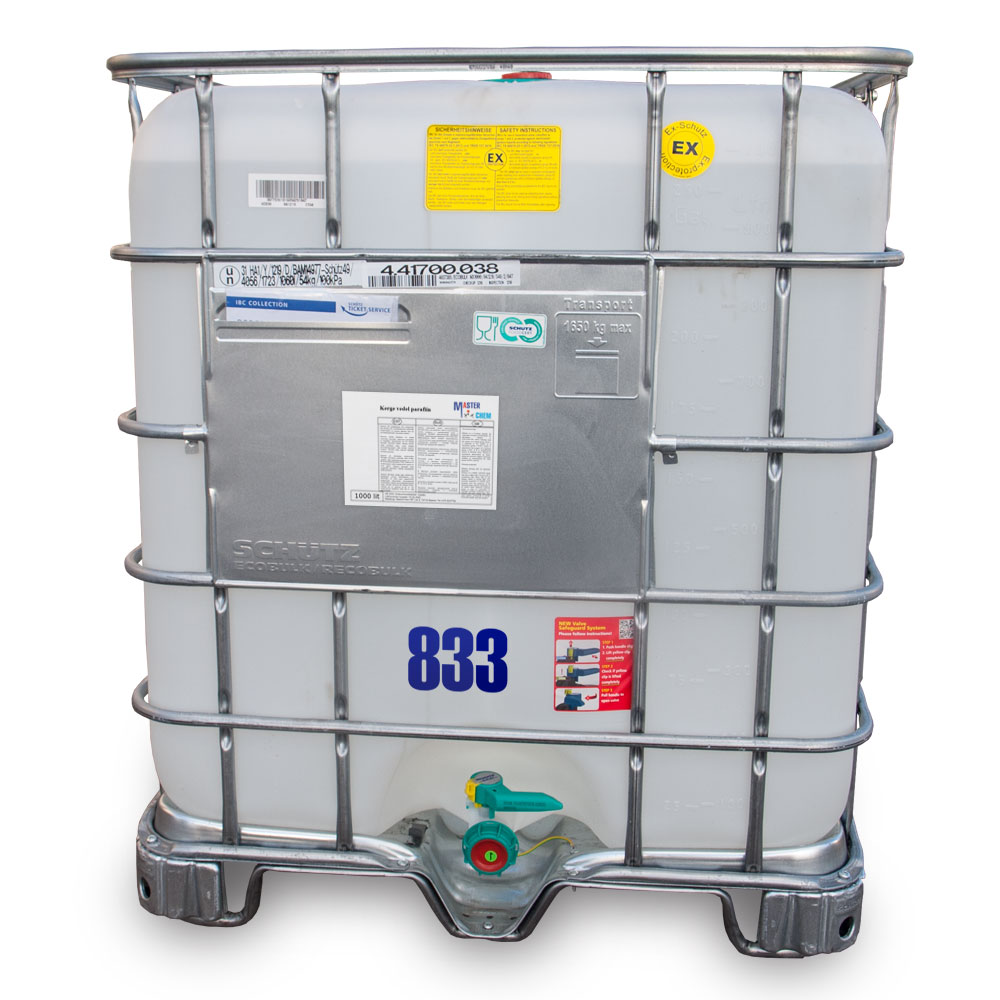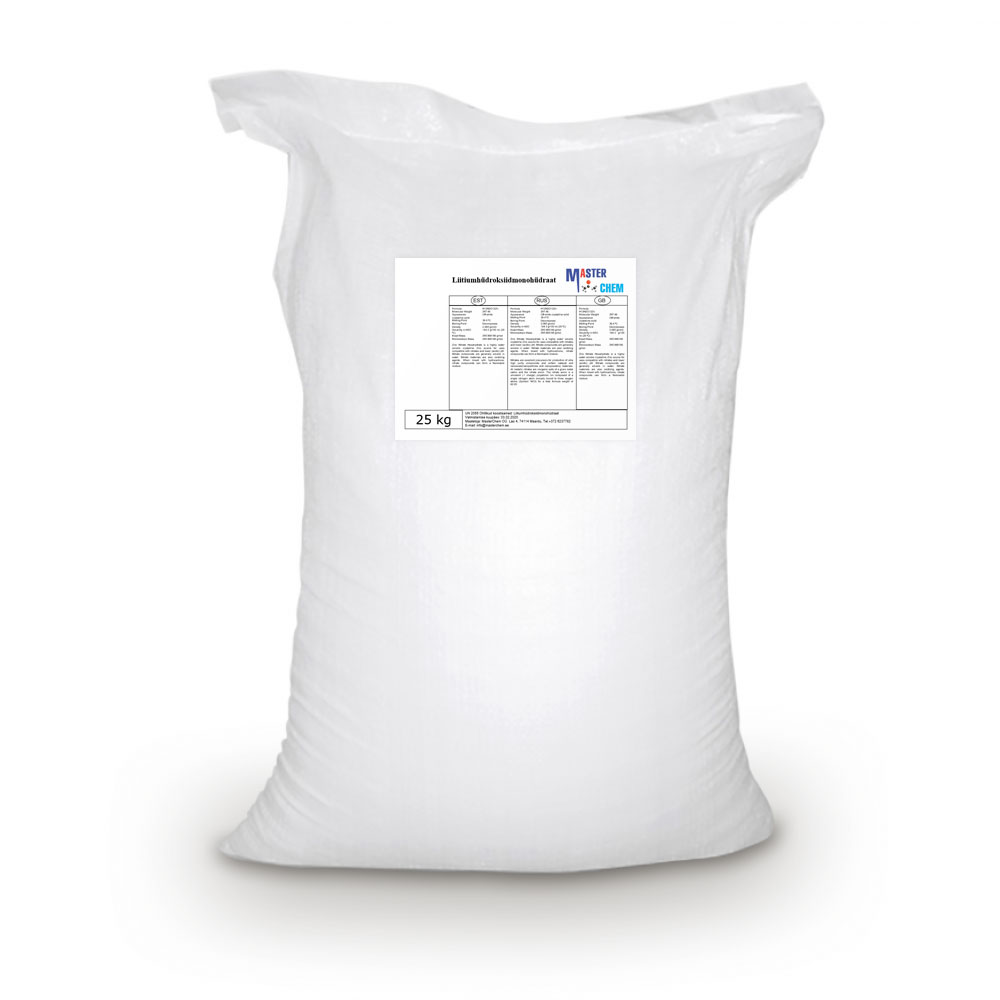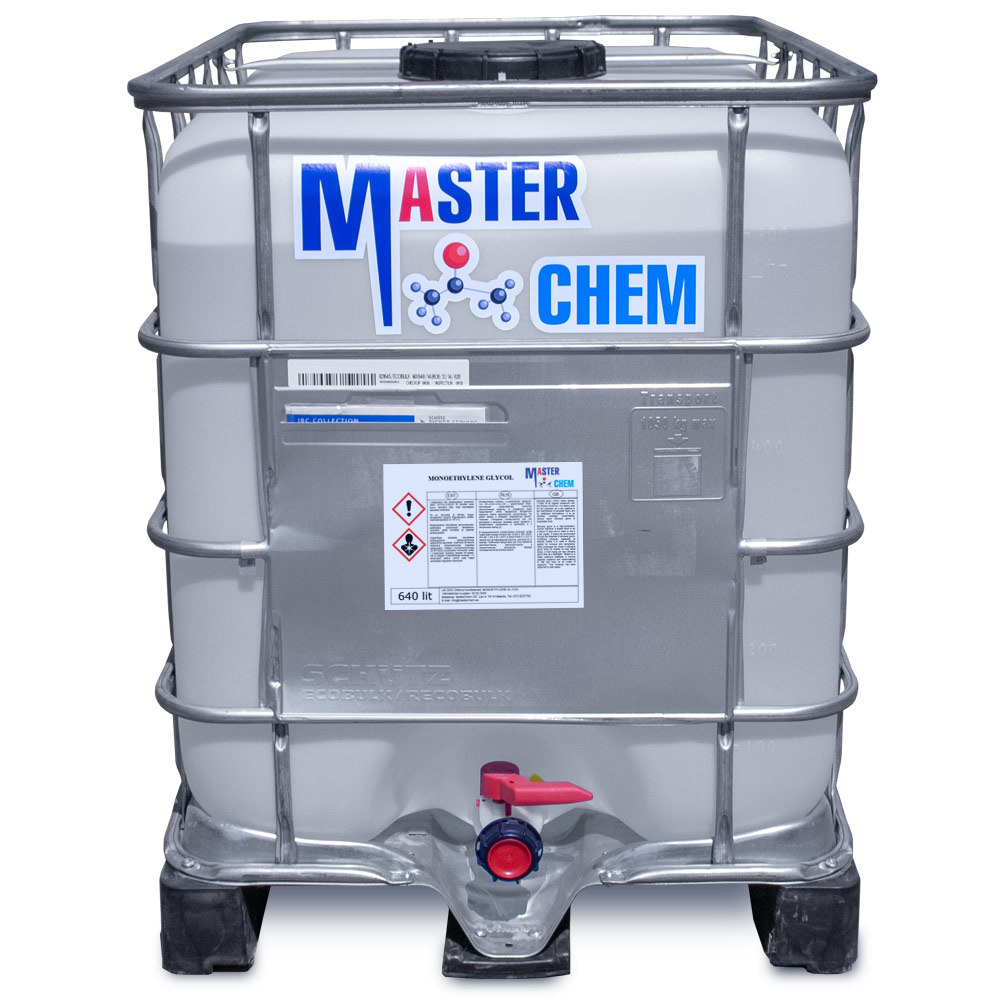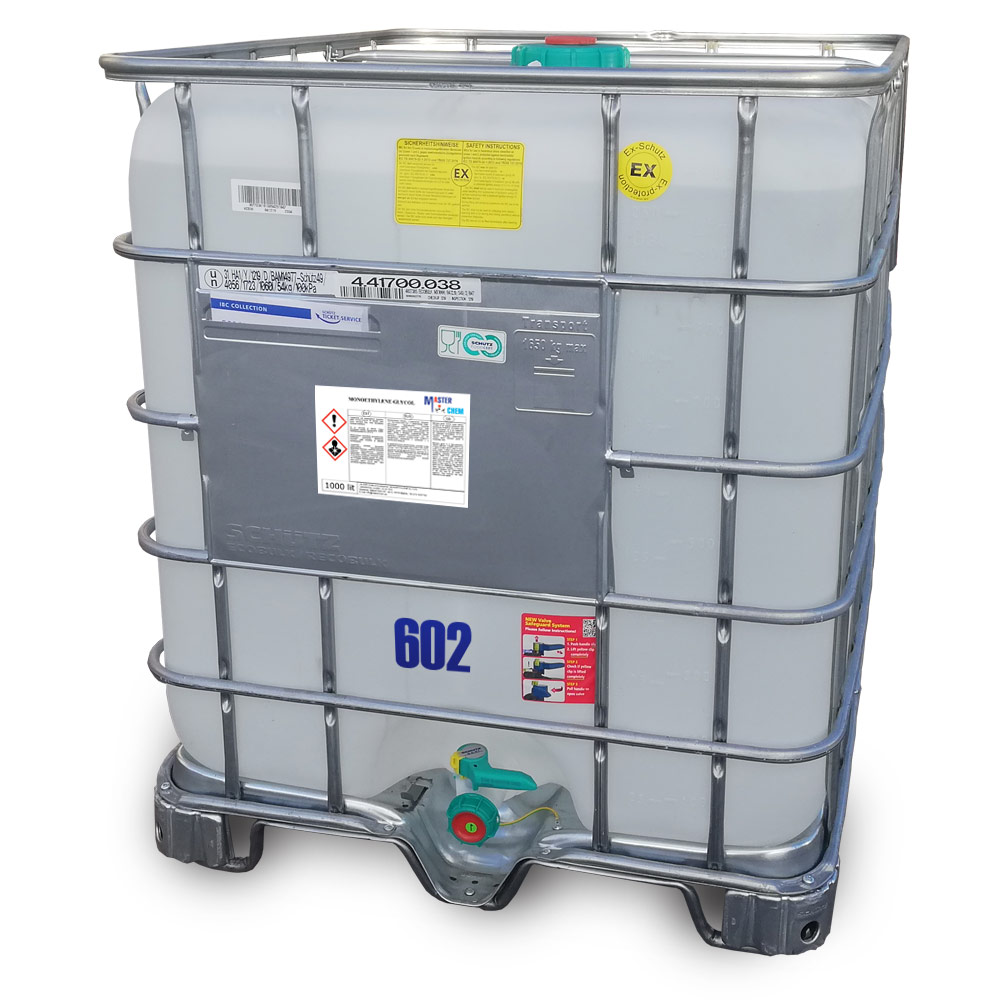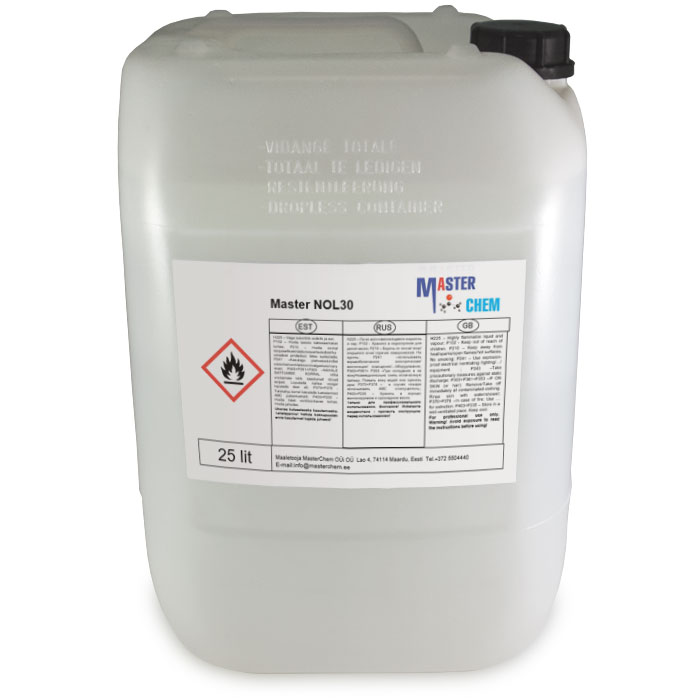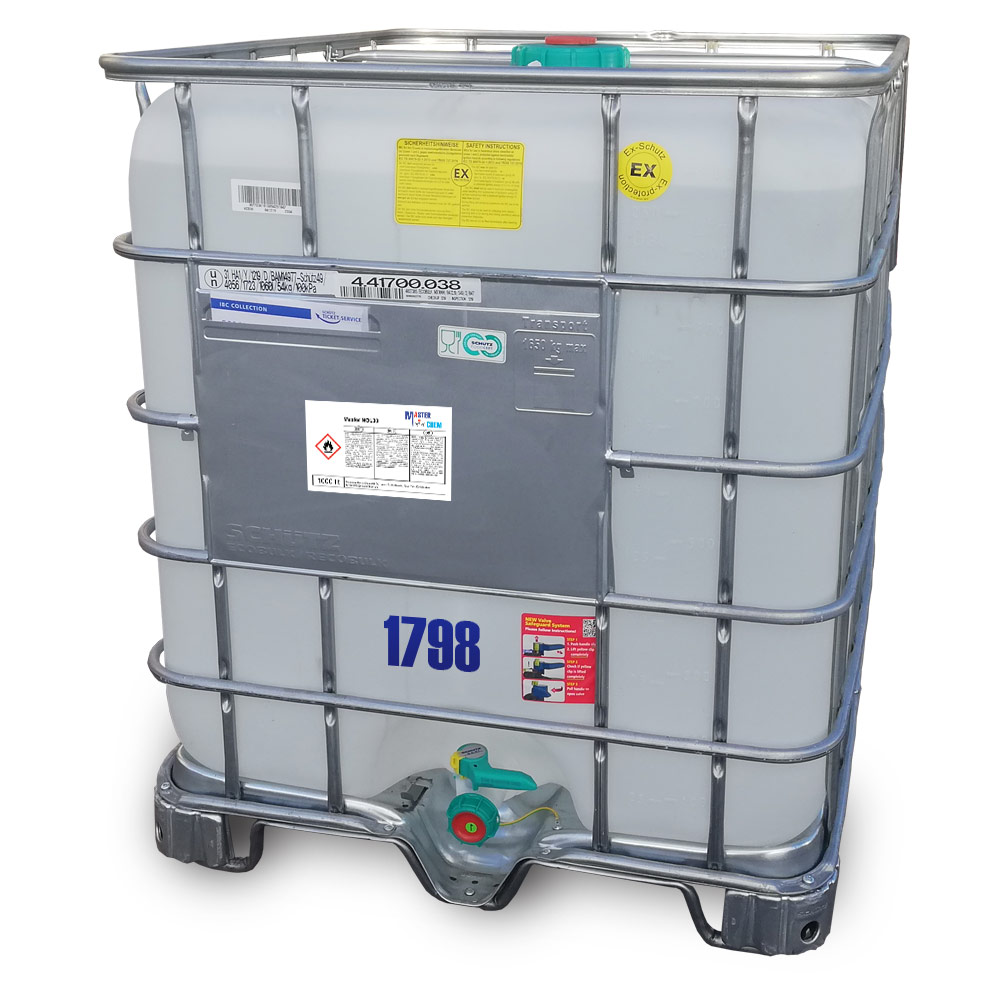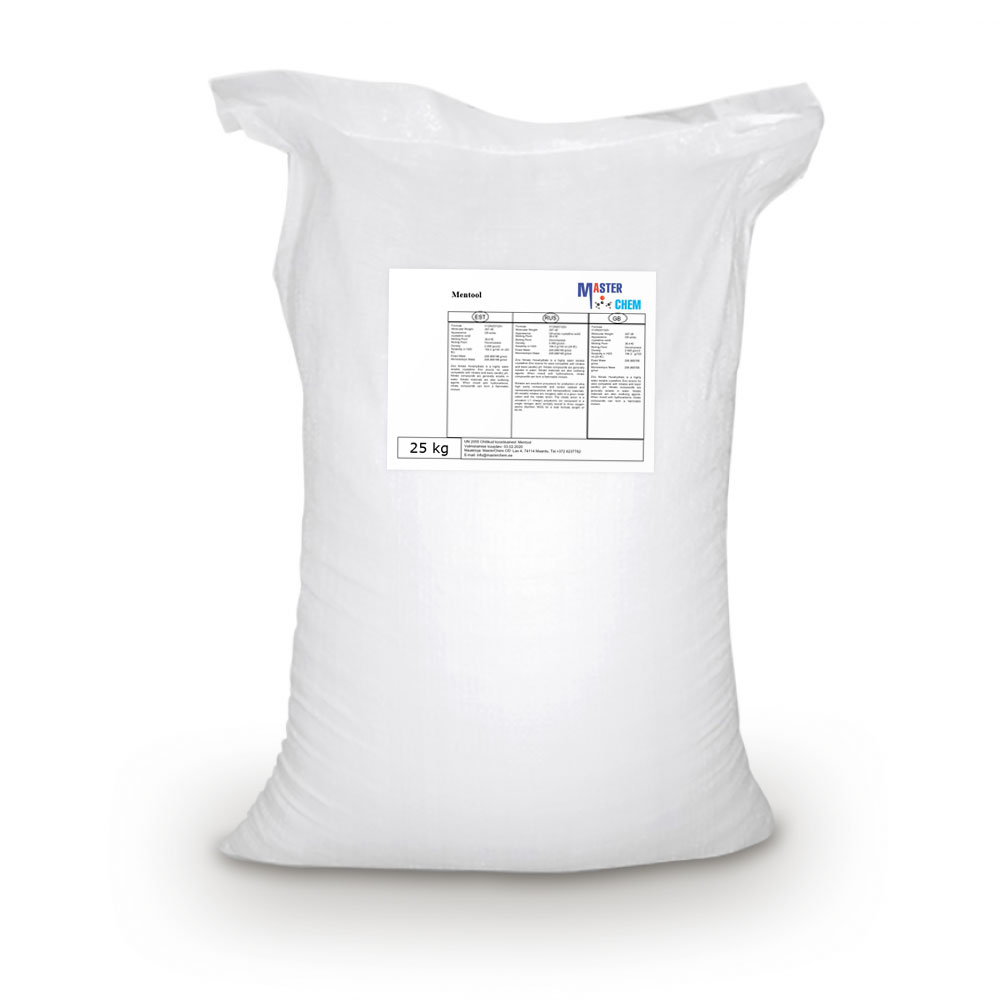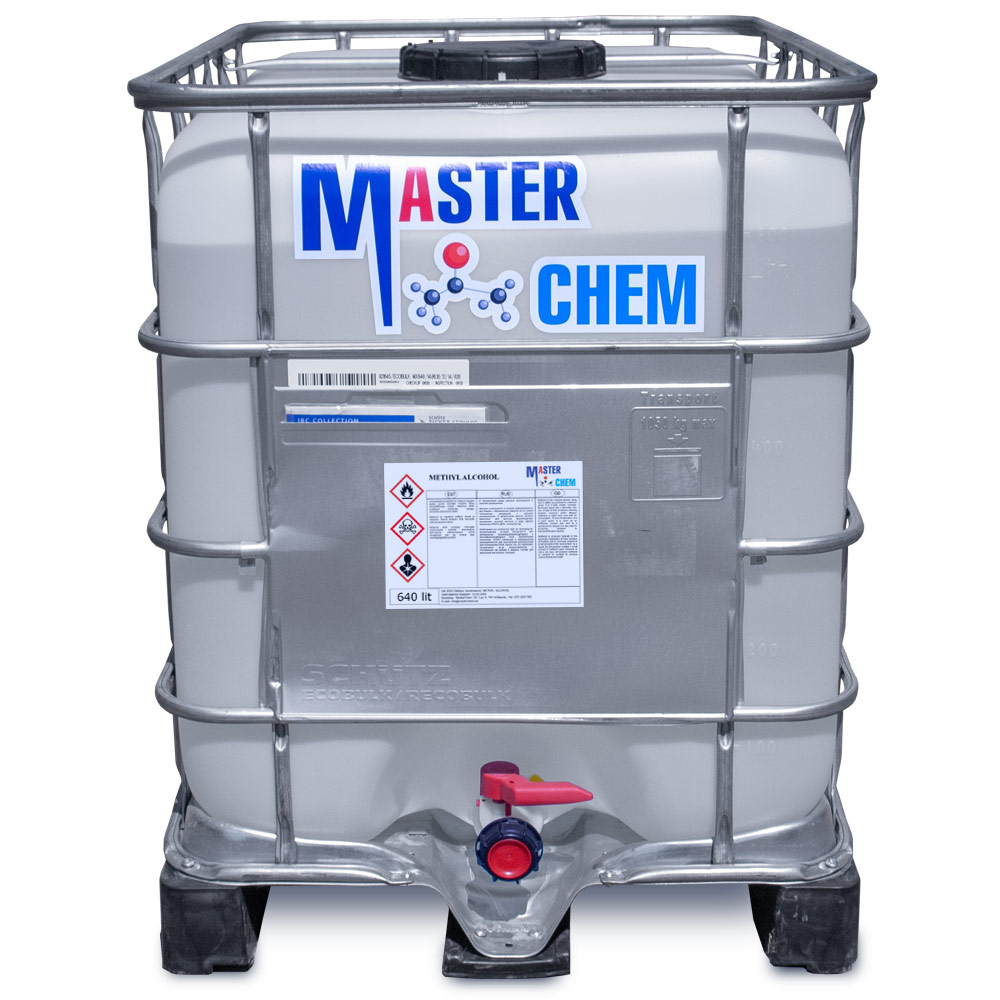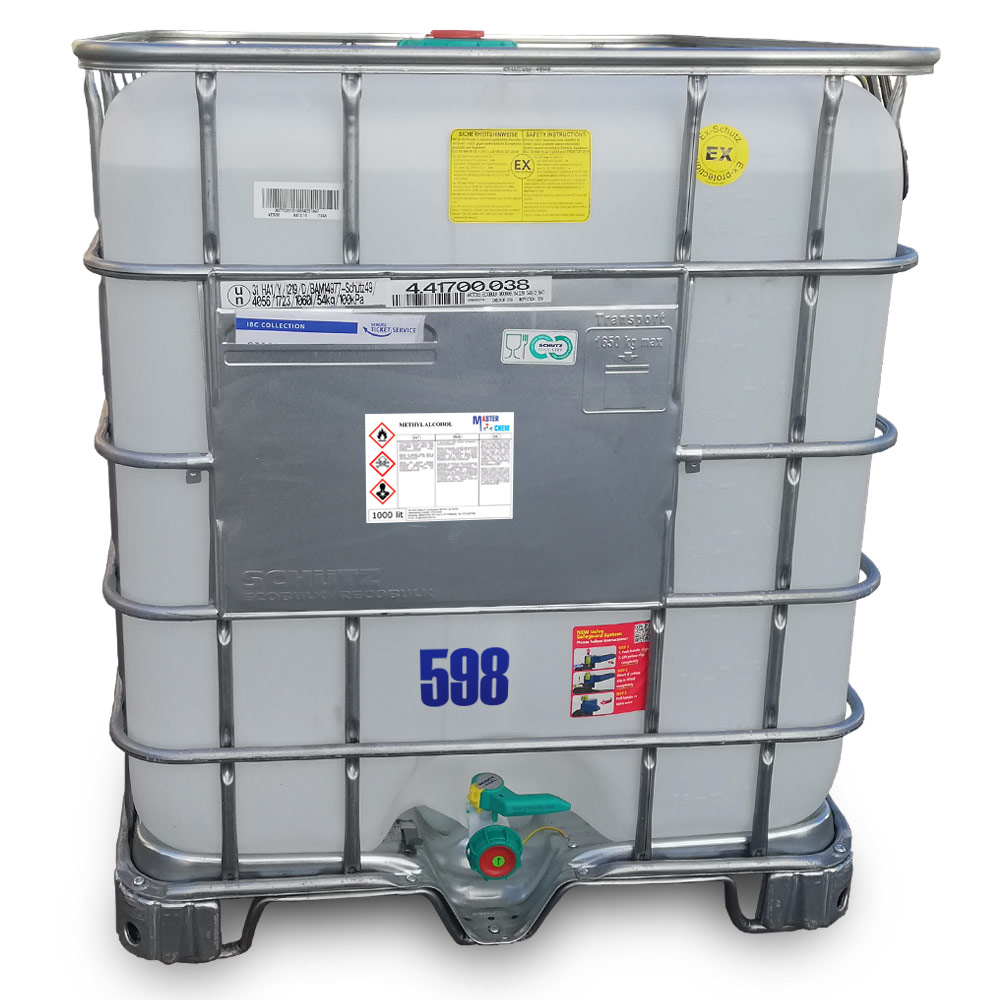Currently Empty: €0.00
Lanolin (CAS 8006-54-0)
Lanolin (CAS 8006-54-0)
Lanolin oil is a secretion from sheep’s skin. It’s similar to human sebum, an oil secreted by the sebaceous glands that you may notice particularly on your nose. Unlike sebum, lanolin contains no triglycerides. Lanolin is sometimes referred to as “wool fat,” but the term is misleading because it lacks triglycerides needed to be considered a fat. The purpose of lanolin is to condition and protect sheep’s wool. This conditioning property is why the substance is now widely used in human cosmetics, skin care, and hair products. Lanolin oil is extracted by putting sheep’s wool through a centrifuge machine that separates the oil from other chemicals and debris. The process is performed after the sheep is sheared so the extraction of lanolin causes no harm to sheep.
Lauric Acid (CAS 143-07-7)
Lauric Acid (CAS 143-07-7)
Lauric acid or systematically, dodecanoic acid, is a saturated fatty acid with a 12-carbon atom chain, thus having many properties of medium-chain fatty acids, is a bright white, powdery solid with a faint odor of bay oil or soap. The salts and esters of lauric acid are known as laurates.
Lauric acid was the most requested component for the production of superior quality napalm. With this coming in ~50% in the esterified form in coconut oil fatty acids.[10]
Lavender oil
Lavender oil
Lavender oil is an essential oil obtained by distillation from the flower spikes of certain species of lavender. There are over 400 types of lavender species worldwide with different scents and qualities. Two forms are distinguished, lavender flower oil, a colorless oil, insoluble in water, having a density of 0.885 g/mL; and lavender spike oil, a distillate from the herb Lavandula latifolia, having density 0.905 g/mL. Like all essential oils, it is not a pure compound; it is a complex mixture of phytochemicals, including linalool and linalyl acetate.
Lavender oil has long been used as a perfume, for aromatherapy, and for skin applications.: 184–186 Lavender oil is used in massage therapy as a way of inducing relaxation through direct skin contact. Oil of spike lavender was used as a solvent in oil painting, mainly before the use of distilled turpentine became common.
Lemon oil
Lemon oil
The chemical composition of C. limon fruit is well known. It has not only been determined for the whole fruit but also separately for the pericarp, juice, pomace, and essential oil. The compositions of the leaves and the fatty oil extracted from C. limon seeds are also known. Due to the large number of C. limon varieties, cultivars and hybrids, various research centres undertake the task of analyzing the chemical composition of the raw materials obtained from them.
.
Light liquid paraffin (CAS 8042-47-5)
Light liquid paraffin (CAS 8042-47-5)
Light Liquid Paraffin Oil Ip is used in the manufacture of Antistatic Coning oil, Knitting oil & other Textile Auxiliaries, Plant Spray Oil, Agrochemicals, Aerosols, Dye Intermediates, Paper Industry; Perfumery, Food Grade Speciality Lubricants, Food Grade Plastics used as a Lubricant Plasticizer, Attars, Flavours & Fragrances, Perfumery Chemicals, Speciality Chemicals, Incenses, Personal Care Products, Leather Chemicals, Fat Liquors, Petrochemical Solvents, etc. It may also be used in the manufacture of Pharmaceuticals and Cosmetic Products like Creams, Lotions, Perfumery Industry, Bulk Drugs & Food Industry etc.
Lithium hydroxide monohydrate (CAS 1310-66-3)
Lithium hydroxide monohydrate (CAS 1310-66-3)
Lithium hydroxide is an inorganic compound with the formula LiOH.(H2O)n. Both the anhydrous and hydrated forms are white hygroscopic solids. They are soluble in water and slightly soluble in ethanol. Both are available commercially. While classified as a strong base, lithium hydroxide is the weakest known alkali metal hydroxide.
The preferred feedstock is hard-rock spodumene, where the lithium content is expressed as % lithium oxide.
Magnesium Sulfate Monohydrate (CAS 14168-73-1)
Magnesium Sulfate Monohydrate (CAS 14168-73-1)
Magnesium sulfate or magnesium sulphate (in British English) is a chemical compound, a salt with the formula MgSO4, consisting of magnesium cations Mg2+ (20.19% by mass) and sulfate anions SO2−4. It is a white crystalline solid, soluble in water but not in ethanol.
Magnesium sulfate is usually encountered in the form of a hydrate MgSO4·nH2O, for various values of n between 1 and 11. The most common is the heptahydrate MgSO4·7H2O, known as Epsom salt, which is a household chemical with many traditional uses, including bath salts.
The main use of magnesium sulfate is in agriculture, to correct soils deficient in magnesium (an essential plant nutrient because of the role of magnesium in chlorophyll and photosynthesis). The monohydrate is favored for this use; by the mid 1970s, its production was 2.3 million tons per year. The anhydrous form and several hydrates occur in nature as minerals, and the salt is a significant component of the water from some springs.
Magnesium Sulphate Heptahydrate (CAS 10034-99-8)
Magnesium Sulphate Heptahydrate (CAS 10034-99-8)
Magnesium sulfate or magnesium sulphate (in British English) is a chemical compound, a salt with the formula MgSO4, consisting of magnesium cations Mg2+ (20.19% by mass) and sulfate anions SO2−4. It is a white crystalline solid, soluble in water but not in ethanol.
Magnesium sulfate is usually encountered in the form of a hydrate MgSO4·nH2O, for various values of n between 1 and 11. The most common is the heptahydrate MgSO4·7H2O, known as Epsom salt, which is a household chemical with many traditional uses, including bath salts.
The main use of magnesium sulfate is in agriculture, to correct soils deficient in magnesium (an essential plant nutrient because of the role of magnesium in chlorophyll and photosynthesis). The monohydrate is favored for this use; by the mid 1970s, its production was 2.3 million tons per year. The anhydrous form and several hydrates occur in nature as minerals, and the salt is a significant component of the water from some springs.
Master NOL30 PRO geothermal heating fluid
Master NOL30 PRO is the high quality solution for filling geothermal heating systems
Description:
Master NOL30 PRO is a ready-made product for filling earth heating circuits from MasterChem specialists. This product is based on a 30% denatured ethanol solution for heat pumps. Ethyl alcohol is an environmentally friendly product, therefore it is especially recommended for heating systems of houses and apartments. It contains all the necessary additives for long-term operation of the heating system.
On our site you will also find Master NOL30 – this is a standard cheaper product that is used by those for whom the cost of the product is primarily important.
Master NOL30 standard geothermal heating fluid
Master NOL30 is a ready-made product for filling earth heating circuits from MasterChem specialists. This product is based on a 30% denatured ethanol solution for heat pumps. Ethyl alcohol is an environmentally friendly product, therefore it is especially recommended for heating systems of houses and apartments. This product is the most common among heating installers.
If you want a high quality product with a quality guarantee of up to 8 years, then we suggest considering Master NOL30 PRO.
Menthol (CAS 2216-51-5)
Menthol (CAS 2216-51-5)
Menthol is an organic compound, more specifically a monoterpenoid, made synthetically or obtained from the oils of corn mint, peppermint, or other mints. It is a waxy, crystalline substance, clear or white in color, which is solid at room temperature and melts slightly above.
The main form of menthol occurring in nature is (−)-menthol, which is assigned the (1R,2S,5R) configuration. Menthol has local anesthetic and counterirritant qualities, and it is widely used to relieve minor throat irritation. Menthol also acts as a weak κ-opioid receptor agonist.


